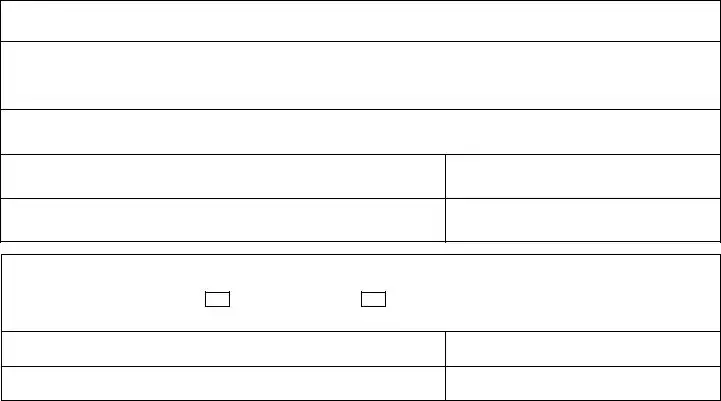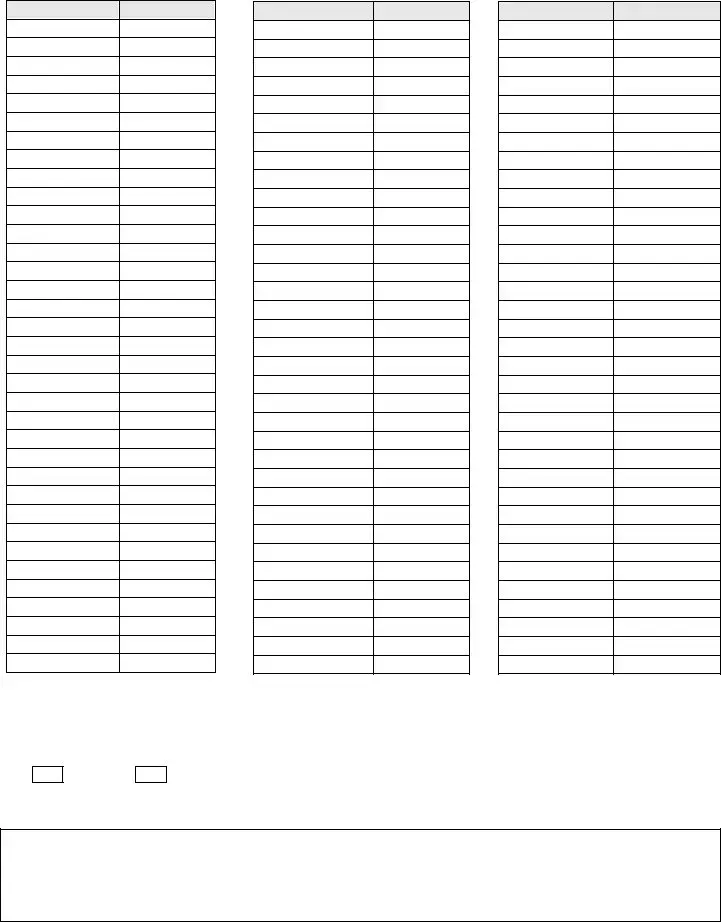Instructions for Completion of the Annual Report by State Assessed Railroads
Who must file this report? (MCL 207.6)
All railroad companies, union station and depot companies, and switching and terminal companies operating in the State of Michigan pursuant to Section 6 of PA 282 of 1905.
When is this report due? (MCL 207.6)
If your annual gross receipts exceed $1,000,000, this report is due by March 31st.
If your annual gross receipts do not exceed $1,000,000, this report is due by March 15th.
How to submit this report:
This report may be submitted electronically or mailed in paper format. If you wish to submit this form electronically, please visit the following web site at www.michigan.gov/stateassessedproperty or you may call (517) 241-4338 for more information on how to file electronically. Any company which desires to take advantage of the new online process, will be able to request an individual secure Personal Identification Number (PIN) by filling out Treasury form 4435. Once the Personal Identification Number (PIN) is issued, the company can use that PIN to access the site for submitting their Annual Property Report and any applicable credit applications online. The company can also use the PIN to view calculation worksheets and tax notices, once all the processing is complete. The secure PIN protects the account, and restricts access so that only the person which the company authorizes can access or view the information submitted to the state.
If submitting this form by mail, please complete and sign the declaration on page one and send the entire completed form to:
Mailing Address: |
For Overnight Package Delivery: |
Michigan Department of Treasury |
Michigan Department of Treasury |
Michigan State Tax Commission |
Michigan State Tax Commission |
P O Box 30471 |
Austin Building |
Lansing, MI 48909-7971 |
430 W. Allegan Street |
|
Lansing, MI 48922 |
What property is subject to taxation? (MCL 207.5)
The term "property having a situs in this state", includes all property, real and personal, of the persons, corporations, companies, co-partnerships and associations enumerated in the act, which is owned, used and occupied by them within the limits of this state, and also such proportion of their rolling stock, cars, and other property as is used partly within and partly without this state as provided by PA 282 of 1905.
Schedule 1
List all rolling stock which is owned or leased by you. List the number of units reported as well as reportable current year costs. Property must be listed at its full original cost new, in the year that it was new. If the original/new acquisition cost of a railcar that was initially purchased by another company can be obtained, that information must be reported. If the original/new acquisition cost of a railcar that was initially purchased by another company cannot be obtained, then the original/new acquisition cost shall be equal to the subsequent price paid by the reporting company upon acquiring the used railcar. All betterments, including capital improvements, mandated betterments, capital upgrades, safety features, and mandated repairs should be reported in the year the expenditure is booked as a fixed asset.
The "Costs Reported Prior Year", "Losses", "Additions", and "True Cash Value" columns are for Assessment and Certification Division (ACD) use only. To view the values and calculations entered by the Assessment and Certification Division, please fill out form 4435 to obtain a Personal Identification Number (PIN) for access to the online reporting form available at www.michigan.gov/taxes (please see "How to submit this report" section above for specific website location). Tentative Values will be electronically posted on or about May 15th, and Final Values will be electronically posted on or about June 15th.
Schedule 2
This is to be submitted by all railroads and calls for summary data relating to investment for the company(s) properties in Michigan. Investment in account 732 (improvements on leased property) shall also be reported on Schedule 2. The "Previous Year Plant Balance" column is for Assessment and Certification Division office use only. List any retirements that have occurred during the calendar year immediately preceding the statutory due date of this report. List the accumulated depreciation for those retirements in the column designated.





